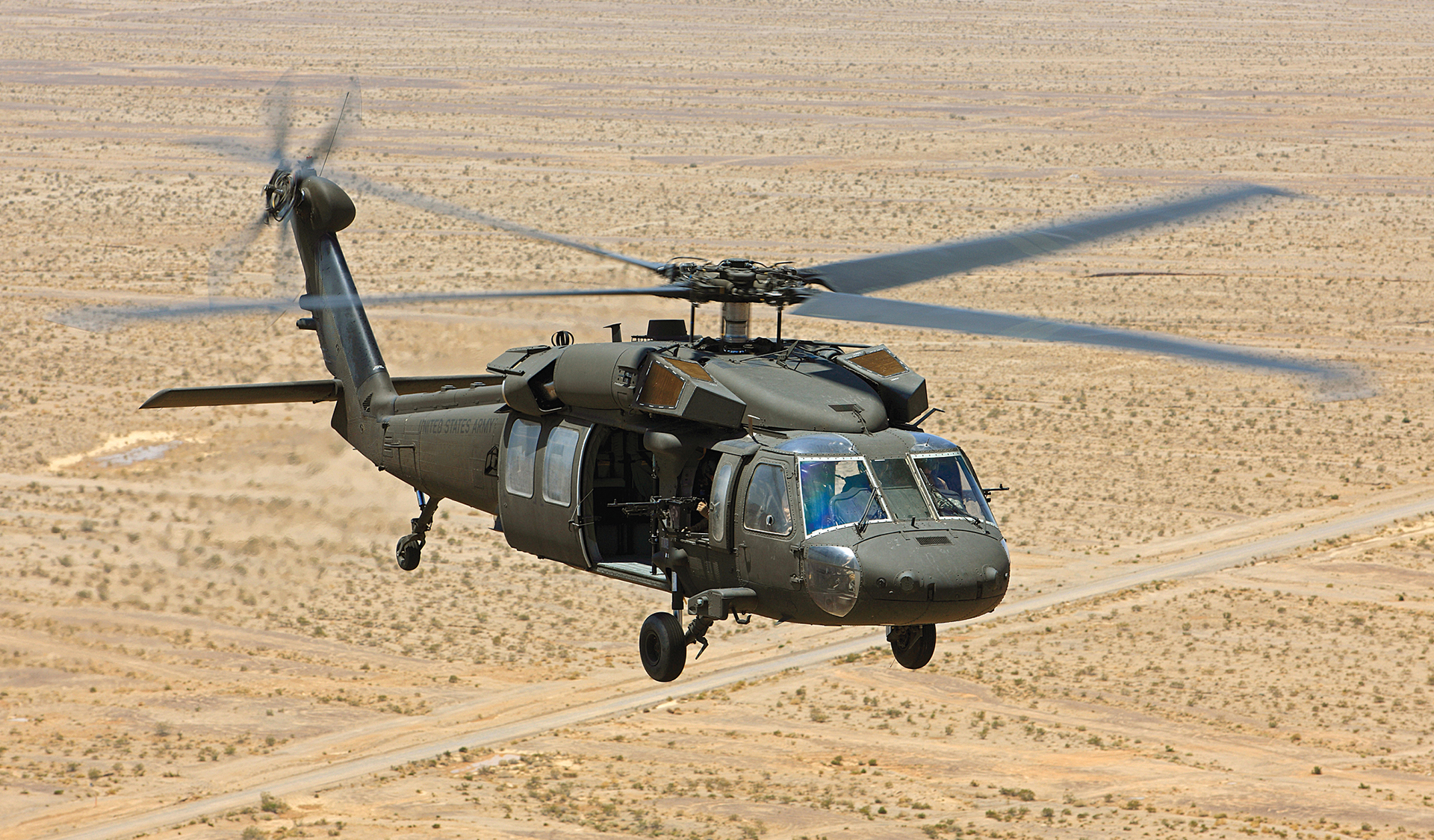Navigating Uh 60 Helicopter Regulations and Conformity Needs

Regulatory Structure Summary
The regulatory structure regulating UH-60 helicopter procedures includes a facility set of criteria and regulations developed by aeronautics authorities. These regulations are made to ensure the reliable and secure operation of UH-60 helicopters in different settings. The Federal Aeronautics Administration (FAA) plays a central role in developing and applying these regulations, which cover a wide array of functional aspects, consisting of airworthiness requirements, pilot qualifications, maintenance demands, and operational procedures.
Conformity with these laws is vital for helicopter drivers to preserve the highest degrees of safety and security and functional honesty. Failing to stick to these guidelines can cause significant consequences, including accidents, injuries, and regulatory permissions. For that reason, helicopter drivers should stay educated concerning the latest regulatory developments and ensure that their operations remain in full conformity with all applicable policies and standards.
Airworthiness Instructions and Evaluations
Amidst the regulatory structure governing UH-60 helicopter procedures, a crucial focus exists on compliance with Airworthiness Directives and performing comprehensive evaluations to promote safety and security requirements and operational reliability. Airworthiness Directives (ADs) are released by aeronautics authorities to deal with hazardous conditions in airplane, including the UH-60 helicopter, and mandate specific activities to be taken by drivers or owners. Compliance with ADs is necessary, and failure to follow these instructions can cause significant consequences, consisting of grounding of the airplane.
Normal inspections are paramount to making sure the airworthiness of UH-60 helicopters. By sticking to a rigorous examination regimen, drivers can discover and attend to potential issues promptly, thus enhancing the security and integrity of UH-60 helicopter operations.
Pilot Qualifications and Training

Pilot training for UH-60 helicopters is comprehensive and covers a variety of topics, consisting of aircraft systems, emergency situation treatments, navigating, and mission-specific training. Furthermore, pilots go through simulator training to practice different emergency circumstances in a controlled atmosphere. This training helps pilots establish the needed abilities to manage challenging situations efficiently.


Moreover, continuous training and expert development are important for UH-60 pilots to stay existing with the most over here up to date laws, modern technology, and finest practices. By buying pilot credentials and training, drivers can enhance safety, maximize performance, and ensure conformity with regulative requirements in the procedure of UH-60 helicopters.
Functional Limitations and Requirements
Pilot qualifications and training work as the foundation for recognizing the functional limitations and needs connected with UH-60 helicopter operations (uh 60). These functional restrictions are placed in location to ensure the security of the crew, guests, and the aircraft itself. Functional restrictions might include factors such as climate condition, weight limitations, altitude restrictions, and operational limits. It is crucial for pilots to be fluent in these limitations to make educated decisions during trip operations. Furthermore, compliance demands, such as sticking to particular trip courses, communication methods, and emergency procedures, are crucial for preserving functional safety and regulative conformity. Pilots must stay existing with all operational restrictions and demands via regular training, rundowns, and assesses to reduce dangers and make certain reliable and secure UH-60 helicopter operations. By prioritizing adherence to these operational standards, pilots content can boost the general safety and security and performance of their missions while supporting regulative criteria.
Emergency Situation Procedures and Compliance Testing
Reliable emergency situation treatments and complete compliance testing are critical components of keeping functional security and regulatory adherence in UH-60 helicopter procedures. Emergency situation procedures encompass methods for numerous situations, including engine failings, fires, hydraulic concerns, and a lot more. Pilots and crew participants need to be well-versed in these treatments to respond swiftly and effectively in emergency situations. Routine compliance screening guarantees that the helicopter meets all governing demands set forth by air travel authorities. This screening involves extensive assessments, checks, and examinations to verify that the airplane is airworthy and in compliance with all appropriate regulations.
Compliance screening additionally prolongs to tools onboard the UH-60, such as communication systems, navigating tools, and safety equipment. Making certain that all devices is operating correctly and satisfies governing standards is vital for secure operations. Additionally, conformity screening might involve simulations of emergency scenarios to evaluate the team's feedback and the helicopter's performance under tension. By focusing on emergency situation treatments and compliance testing, UH-60 operators can alleviate threats and show their dedication to safety and regulatory compliance.
Verdict
Finally, adherence to regulatory structure, conformity with airworthiness instructions, pilot credentials and training, functional constraints, and emergency situation treatments are vital for navigating the policies and demands of operating a UH-60 helicopter. uh 60. It is essential for operators to focus on safety and security and make sure complete compliance with all appropriate regulations to maintain the airworthiness and functional stability of the aircraft
Navigating the regulatory landscape bordering UH-60 helicopter procedures demands a nuanced understanding of the intricate internet of policies and compliance requirements.Conformity with these guidelines is vital for helicopter operators to maintain the highest possible levels of safety and functional stability.Amidst the governing structure governing UH-60 helicopter procedures, an essential emphasis lies on conformity with Airworthiness Directives and carrying out thorough examinations to maintain safety criteria and operational reliability.Efficient emergency treatments and extensive conformity testing are critical parts of maintaining functional safety and governing adherence in my site UH-60 helicopter operations. Normal compliance screening ensures that the helicopter satisfies all regulatory demands established forth by air travel authorities.